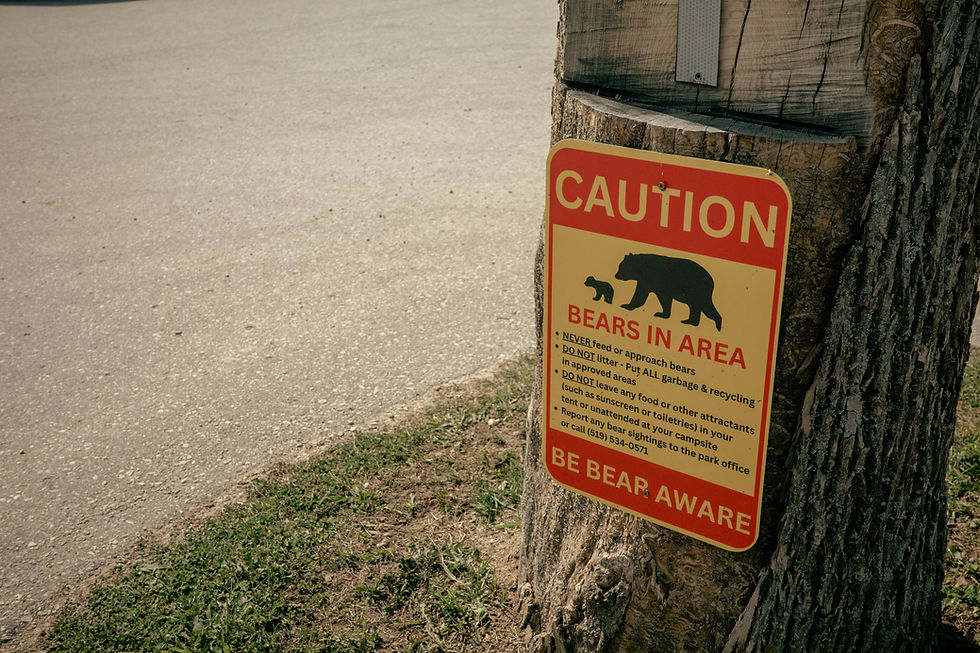Why Soft Skills Are Hard Facts of Performance
- Dr. Sam Jennings II

- Oct 2
- 3 min read
Hey. Need another acronym? It’s not new, but it is new to me.
Imagine if WTF got a personality overhaul for corporate America. The result would be VUCA - volatile, uncertain, complex, and ambiguous.
VUCA is meant to describe a socio-economic environment. But, I’m not going to object to using it to encapsulate Turkey Day festivities with your distant cousins. That’s up to you.
In this moment, where everything is VUCA, the traditional manager focused purely on tasks and execution is missing much of the story. The real drivers of organizational success are innovation, resilience, and talent retention which rely heavily on the "soft" skills of leadership. For mid- and upper-management, the core job function is shifting from process oversight to enabling human performance.
This new blueprint requires mastery of three fundamental relational competencies:
1. Fostering Innovation through Psychological Safety
Before we even begin… I used to think “psychological safety” was scramble-speak for hurting one’s feelings. When I realized that our bodies respond to verbal threat similarly to physical, it became more clear. For people to NOT operate from a Fight, Flight, or Freeze, reactionary stance, they need to function in a psychologically safe environment. Physically safe, too, by the way.

Psychological safety is the foundational soft skill that allows an environment to be productive and resilient. It is defined as the shared belief that the workplace is safe for interpersonal risk-taking; employees believe they will not be humiliated or punished for speaking up with mistakes, questions, or ideas.
Why is this a leadership soft skill? Leaders directly influence psychological safety by demonstrating openness, humility, and responsiveness to feedback. When employees feel psychologically safe, they are more likely to learn together, collaborate, innovate, and achieve higher team performance.
Leaders must understand what psychological safety is not: it is not about avoiding conflict or accepting substandard work. It is about creating the conditions where robust disagreements can happen without judging the person involved. When mistakes occur, the soft skill is treating them as learning opportunities rather than reasons for reprimand or discipline.
2. Mastering the Art of Supportive and Developmental Leadership
Middle managers are often the crucial link between senior strategy and frontline execution, yet they are increasingly strained. The talent pipeline is threatened, as younger workers often avoid management roles due to high stress and low reward.
To address this, leadership must intentionally leverage soft skills associated with support:
Empathy and Emotional Intelligence: Younger generations prioritize empathy and emotional intelligence in their supervisors, favoring collaborative approaches over hierarchical or authoritative styles.
Guidance and Encouragement: Effective leadership (more specific than “successful leadership”) is the extent to which managers provide assistance, guidance, and encouragement. This is supportive leadership.
Coaching and Development: Managers must be redefined from task managers to coaches and mentors. Lack of learning is a huge predictor of disengagement where employees are physically present but emotionally wearing down. Managers must actively offer micro-learning, peer coaching, or new projects, to clearly communicate trust in the person, and trust in their future development.
3. Cultivating Clarity through Proactive Communication
Poor communication is a top characteristic of a toxic workplace, often manifesting as mixed or inconsistent messages from leadership. Supervisors are the most trusted source of company updates and are relied upon to explain what organizational changes mean for individual roles.
Leaders must develop the soft skill of intentional clarity:
Listen to Concerns: One of the fastest ways for an employee to become emotionally disengaged is feeling unheard. Effective leaders schedule real one-on-ones, asking questions like, “What are some blockers preventing you from more easily producing good work?”
Provide Clear Expectations: Employees who cite poor leadership often mention unclear expectations. By answering clearly where the team is headed, what is expected, and how they add value, leaders restore a sense of control and purpose. This can be done by having data and engaging the team in discussion. If expectations are given without context or input, team members will likely not engage in critical thinking to achieve the outcomes they’ve been assigned.
Navigate the Management Relationship (Managing Up): Soft skills aren't just for managing down. When dealing with an unskilled or ineffective boss, managing up is a critical career skill. Leaders must focus on identifying the boss's goals and framing their ideas in terms of those shared priorities. Ideally the “boss’s goals” will be 100% identical to the company expectations. If that’s not the case, managing up will need leveling-up to ensure you don’t get pinched doing something off-target from company expectations.
This is a lot isn’t it? Most soft skills seem rather hard… difficult. Even for people who have developed skills in these areas, it’s not like every circumstance requiring tact and diplomacy is immediately easy. It takes time to learn, practice, learn, and practice. Over time, it becomes easier, but at no time will the effective deployment of “soft skills,” be 100% accurate without effort.

.png)





Comments